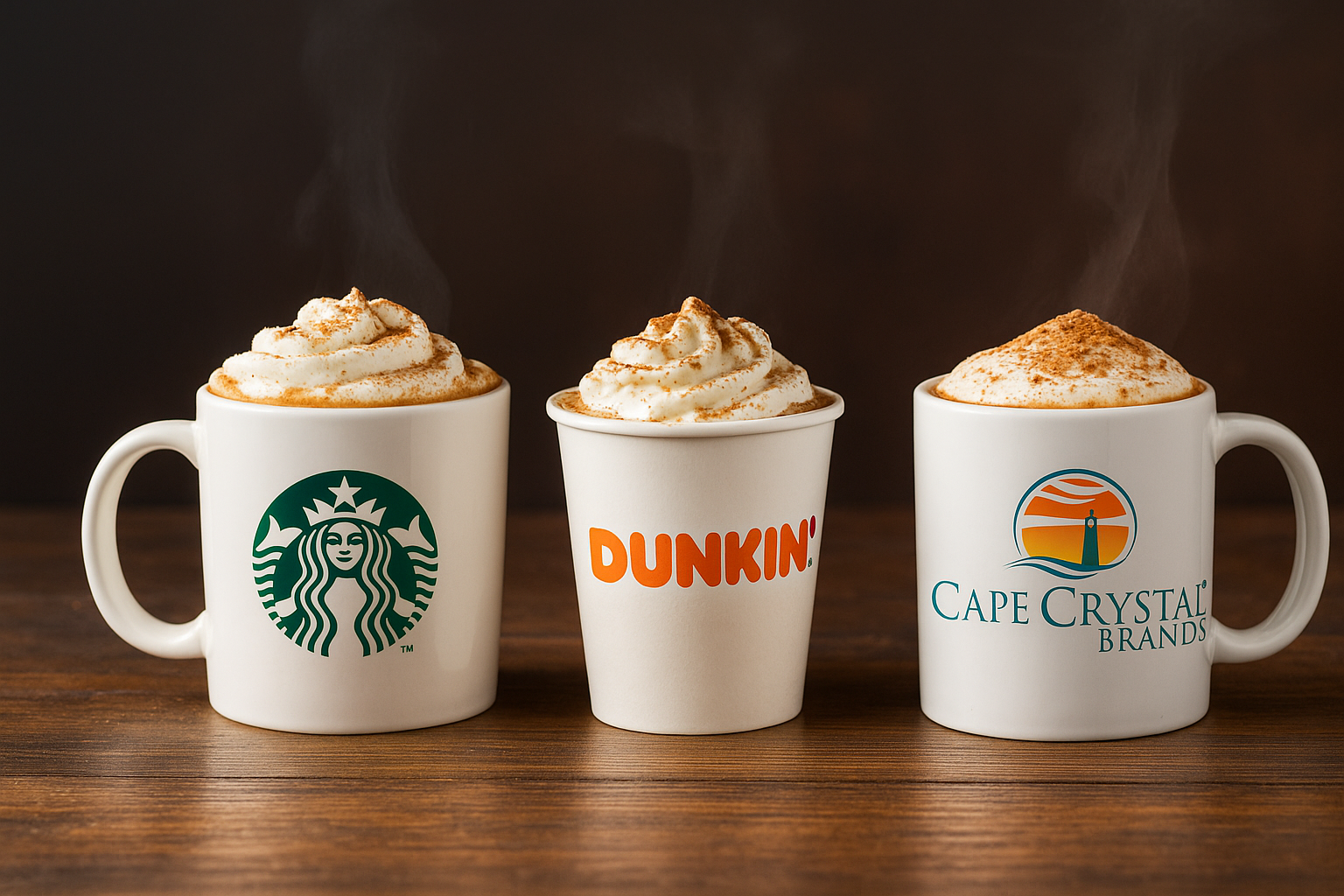Trending searches
Trending searches

Microcrystalline Cellulose: The Secret Ingredient Transforming Food, Medicine, and More
SUBSCRIBE TO OUR BLOG
Promotions, new products, and recipes.
Updated September 27, 2025
Microcrystalline cellulose (MCC) is a refined cellulose hydrocolloid valued for its compressibility, flow, body, and stabilizing power. It’s used in foods (0.1–1.0%) for texture and creaminess, in tablets as a premier binder, and in cosmetics for smooth feel and stability.
Microcrystalline Cellulose: A Hydrocolloid with Multifaceted Applications
Microcrystalline Cellulose (MCC), a purified form of cellulose derived from wood pulp, is renowned for its excellent compressibility and flow. Its functionality makes it indispensable across food, pharma, and cosmetic applications.
Historical Context
MCC’s story began in the mid-20th century, when its unique compressibility was recognized for pharmaceutical tablets. From there, its role expanded to food hydrocolloids and cosmetics.
The Molecular Science
MCC is produced via acid hydrolysis of cellulose, removing amorphous regions and leaving crystalline microfibrils. These crystalline domains give MCC its flow and binding strength.
Production & Refinement
Refinement involves mineral acid treatment, washing, and milling. This controlled process creates consistent particle size and functionality.
Applications
- Pharmaceuticals: Binder and filler in tablets
- Food Industry: Texturizer, bulking agent, stabilizer
- Cosmetics: Provides smooth, absorbent texture
Culinary Dosage Guidelines
| Food Type | Typical Use % | Function |
|---|---|---|
| Baked Goods | 0.5–2% | Improves texture & moisture retention |
| Dairy | 0.2–1% | Enhances creaminess, stability |
| Low-calorie foods | 0.3–1% | Bulking without calories |
MCC Compared with Other Hydrocolloids
| Ingredient | Source | Strengths | Limitations |
|---|---|---|---|
| MCC | Wood pulp | Compressibility, neutral taste | Not soluble (suspension only) |
| CMC | Cellulose derivative | Water soluble, thickener | Weaker binding power |
| HPMC | Cellulose derivative | Forms clear gels, vegetarian capsules | Higher cost |
| Starch | Corn/potato | Cheap, thickening | Not compressible, breaks down under acid |
Conclusion
MCC’s versatility—from culinary stabilization to pharma binding—makes it a core modern ingredient. Its crystalline structure offers unique advantages over gums and starches.
Frequently Asked Questions
Is MCC safe to eat?
Yes. It is FDA-approved as GRAS and widely used in food and supplements.
How is MCC different from CMC?
MCC is insoluble and used for bulk/texture; CMC is soluble and used as a thickener.
What foods use MCC?
Baked goods, dairy, low-fat products, and fiber supplements.
What dosage should I use in foods?
Generally 0.2–2%, depending on food type and texture needs.
Is MCC vegan?
Yes, it’s plant-based, derived from wood pulp.
Where can I learn more about hydrocolloids?
See our Hydrocolloid Resources Hub and Glossary.

|
About the Author Ed is the founder of Cape Crystal Brands, editor of the Beginner’s Guide to Hydrocolloids, and a passionate advocate for making food science accessible to all. Discover premium ingredients, expert resources, and free formulation tools at capecrystalbrands.com/tools. — Ed |
Related Posts

Inside the Pumpkin Latte: What’s Really in Your Cup (and a Better Homemade Version)

Breaking Bread: Rediscovering the Health Benefits of Bread Beyond the Myths

New Era of Ingredient Transparency? How Congress, Industry and Regulators Are Colliding Over Food Dyes and Additives
Enjoyed this post? Subscribe to The Crystal Scoop
Food-science tips, ingredient know-how, and recipes. No spam—unsubscribe anytime.
- Choosing a selection results in a full page refresh.
POLICY PAGES
QUICK LINKS
Guar Gum
Cape Crystal Brands, 18 Bank St., Suite 1, Summit NJ 07901.
- Phone: +1 908-273-5600
- Email: info@capecrystalbrands.com
- Tax ID: 26-2477626000
- FDA Facility Registration # 16980627550
- Kosher Certified: OKosher.org
Country/region
© 2025, Cape Crystal Brands | Sitemap
